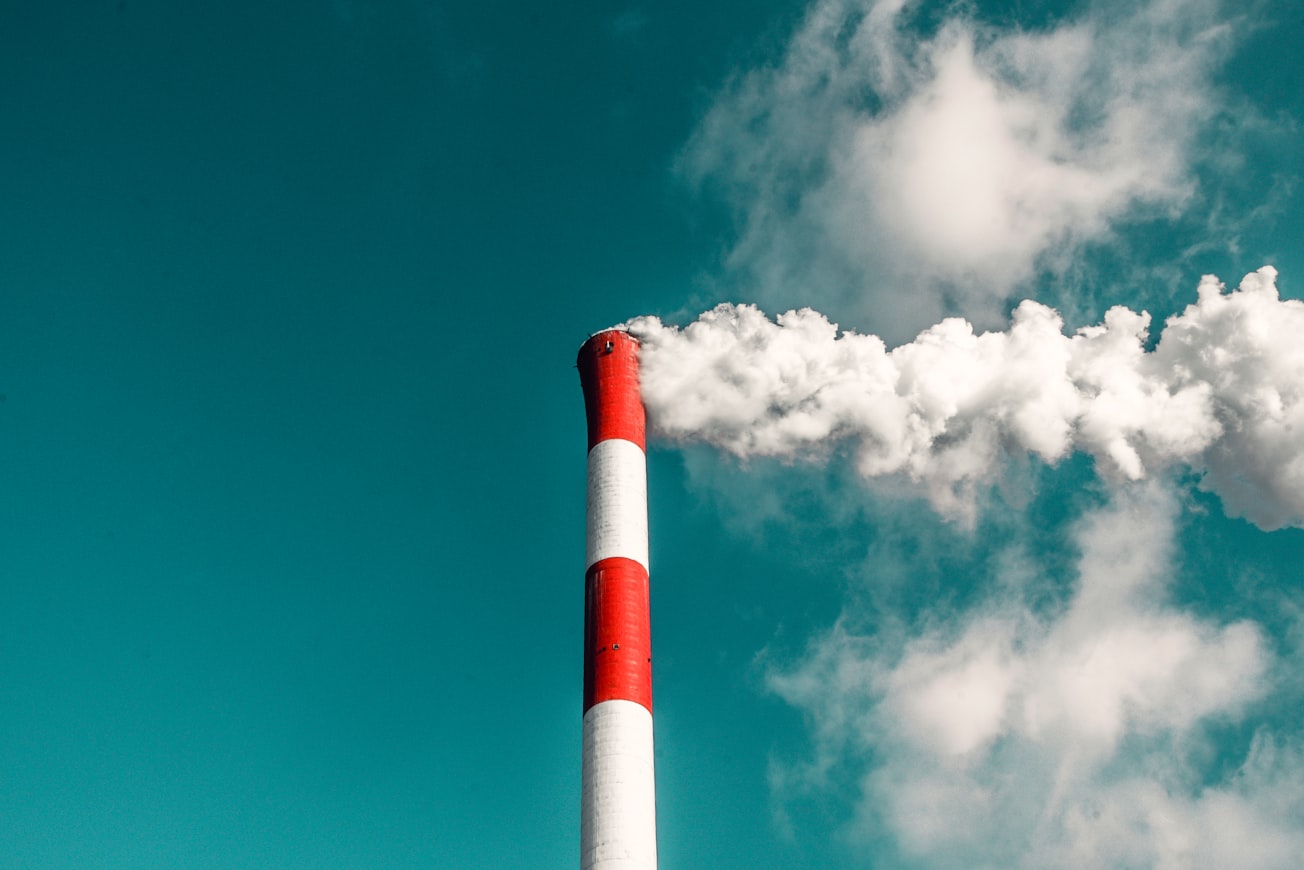What is it about?
In this study a novel phase space reconstruction (PSR) based scientific solution and machine learning predictive algorithms are are explored in the field atmospheric pollutants have been explored to realize the prediction of time series mass concentrations of atmospheric particulates. The proposed PSR techniques accounts for the information contained at multiple time scales for prediction of atmospheric particulates. The performances of various learning algorithms are evaluated using RMSE and MAE ofr predicting mass concentrations of particulate matter up to 2.5 micron (PM2.5), up to 10 micron (PM10.0), and ratio of PM2.5/PM10.0. The results demonstrated that prediction error of all the machine learning techniques is smaller for the proposed PSR approach compared to traditional one.
Featured Image

Photo by veeterzy on Unsplash
Why is it important?
The data used in this study are collected from the Masfalah air quality monitoring station, Makkah, Saudi Arabia This site is important because throughout the year, huge number of pilgrims visit Saudi Arabia to perform religious obligations using this road. Makkah is surrounded by large sandy deserts, receives little rain, and experiences high temperature throughout the year. The expansion of Holy mosque, construction of railway train stations, mountain digging and construction of multistoried buildings, frequent sand and dust storms, frequent traffic jams, and congestion during the busy hours constitute the atmospheric pollution in the city [6, 7]. Moreover, due to the geographical characteristics and climatic conditions, PM2.5 and PM10.0 pollutants frequently exceed the national and international air quality standards, which is one of the major concerns in this region Hence, early prediction is a managerial solution to avoid hazardous implications of atmospheric particulates on the local community as well as pilgrims.
Perspectives
It is great pleasure for me and co-authors to write this article, which has not only scientific importance but also social implications. Air pollution is one of the emerging environmental issues in the developing as well as developed countries across the globe. APM is reportedly one of the major causes of adverse health issues particularly which are related to human respiratory and cardiovascular systems. The findings indicate the usefulness of the proposed PSR approach and the suitability of the various machine learning approaches in combination for predicting atmospheric particulates mass concentrations. The proposed technique can be used for analyzing and prediction of interbeat interval time series, electroencephalographic signals, human gait dynamics, and financial time series data.
Wajid Aziz
University of Azad Jammu and Kashmir
Read the Original
This page is a summary of: A Novel Phase Space Reconstruction- (PSR-) Based Predictive Algorithm to Forecast Atmospheric Particulate Matter Concentration, Scientific Programming, July 2019, Hindawi Publishing Corporation,
DOI: 10.1155/2019/6780379.
You can read the full text:
Contributors
The following have contributed to this page







